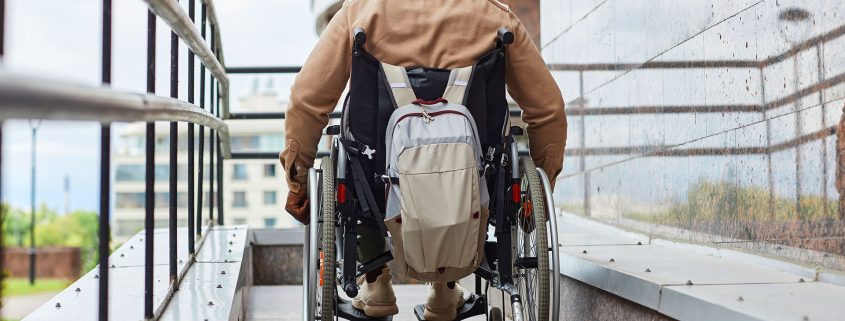How Ramps Are Helping Create More Inclusive Communities
In a world that often shouts its changes—towering buildings, cutting-edge tech, global policy shifts—some of the most powerful transformations arrive softly. Like ramps. Quiet, sloped, unassuming. And yet, they’re altering the shape of our communities in ways few people expected. Ramps are more than architecture. They’re invitations.
A step can stop someone in their tracks. A ramp? That’s momentum.
Beyond Accessibility – What Ramps Really Unlock
Yes, ramps help wheelchair users. That part’s clear. But widen the lens a little, and ramps become a story of broader belonging.
- A parent pushing a stroller breathes easier
- A senior with a walker finds freedom
- A kid on crutches still gets to the library
- A delivery worker glides a cart into a café without bumping a curb
When a ramp appears, so does a new sense of welcome.
Suddenly, a space that whispered “you’re not quite meant to be here” changes its tune. It hums with possibility. It opens its arms.
Design Speaks Louder than Signs
You can hang a dozen posters about diversity. Or you can pour concrete at the right angle and speak volumes without a word. Inclusive design tells people—viscerally—that they matter.
There’s an elegance in that. A slope of empathy. And it’s catching on.
Parks are being reimagined with flowing paths. Coffee shops are adding rear entrances that don’t feel like a reluctant afterthought. Even skateparks, with their ramps and rails, are teaching us: movement belongs to everyone.
The Unexpected Power of Pause
Here’s something you might not have considered: ramps change how people move, yes—but they also change how people notice. Slow down on a gentle slope, and suddenly you’re making eye contact with someone else on the path. You’re matching pace with a stranger, sharing a space of travel rather than a race to the next thing.
Inclusion isn’t only about getting somewhere. Sometimes, it’s about being seen while getting there.
Small Slope, Big Ripple
A community with ramps is a community thinking about its edges.
- Who’s left out?
- Who needs just a little more support to belong?
- Where are the thresholds—literal and figurative—that we can lower, reshape, or smooth over?
These aren’t just building questions. They’re human ones.
Every ramp, tucked into a school, a town hall, a bus stop, is a decision. A quiet one, sure. But unmistakable. It says: you matter enough for us to change the landscape for you.
Conclusion
So yes, ramps are structures. But they’re also signals, gestures, and sometimes even poems in concrete.
They say: Come in. They say: you’re not alone on this path. They say: this place—this messy, shared, evolving place—is meant for all of us.
And that’s how a slope becomes a signpost for a more inclusive world.



